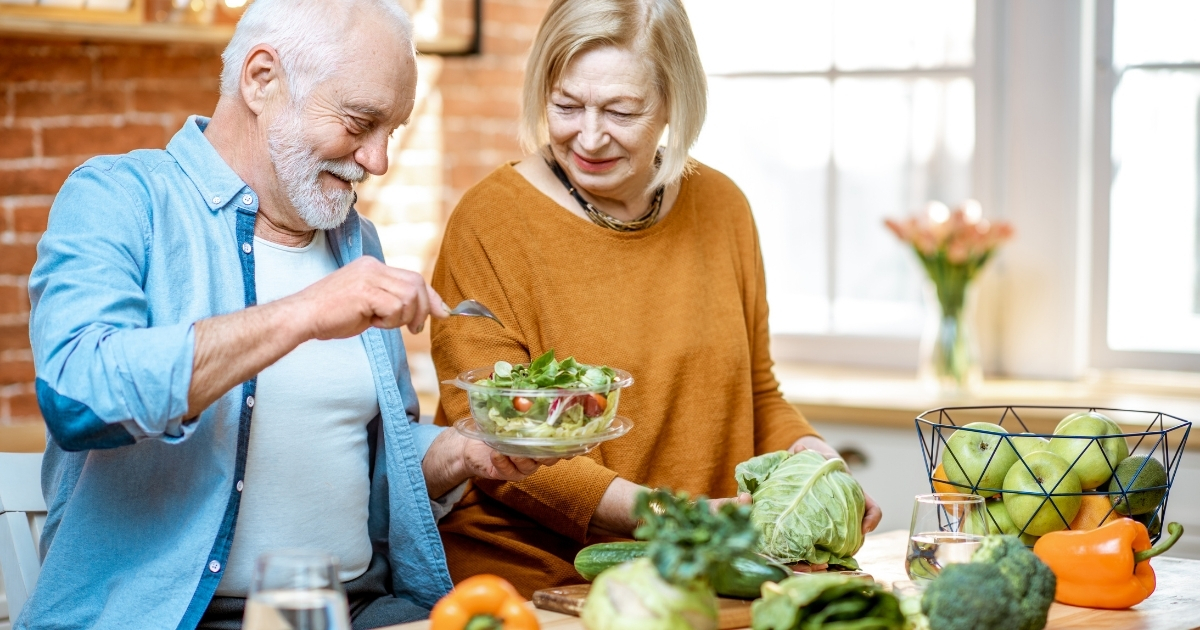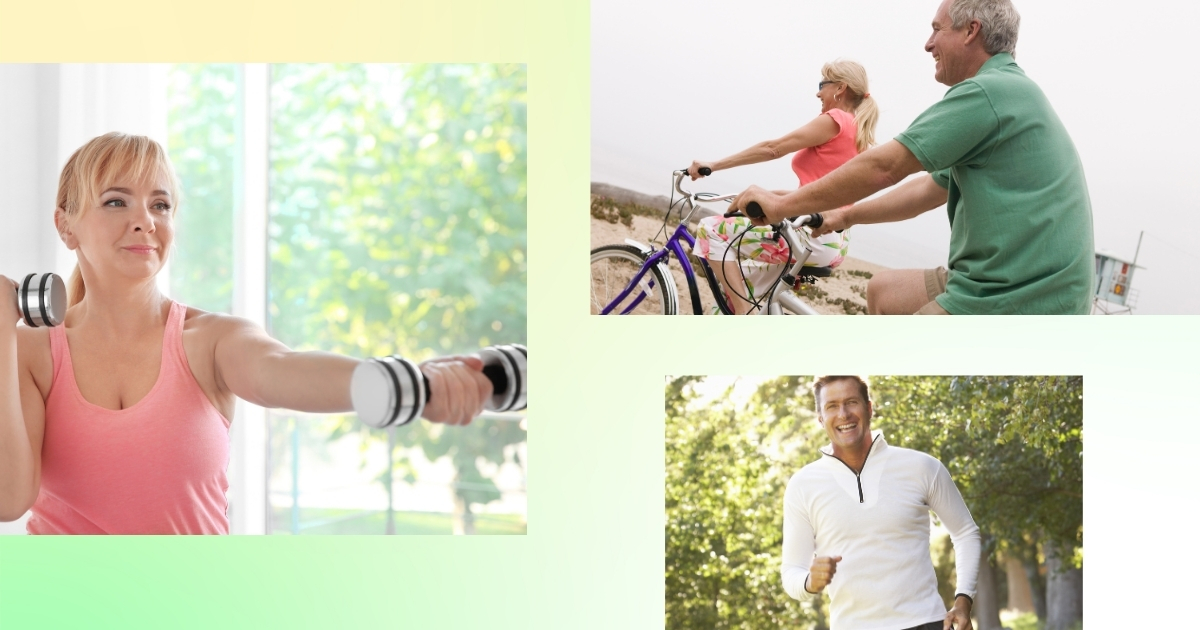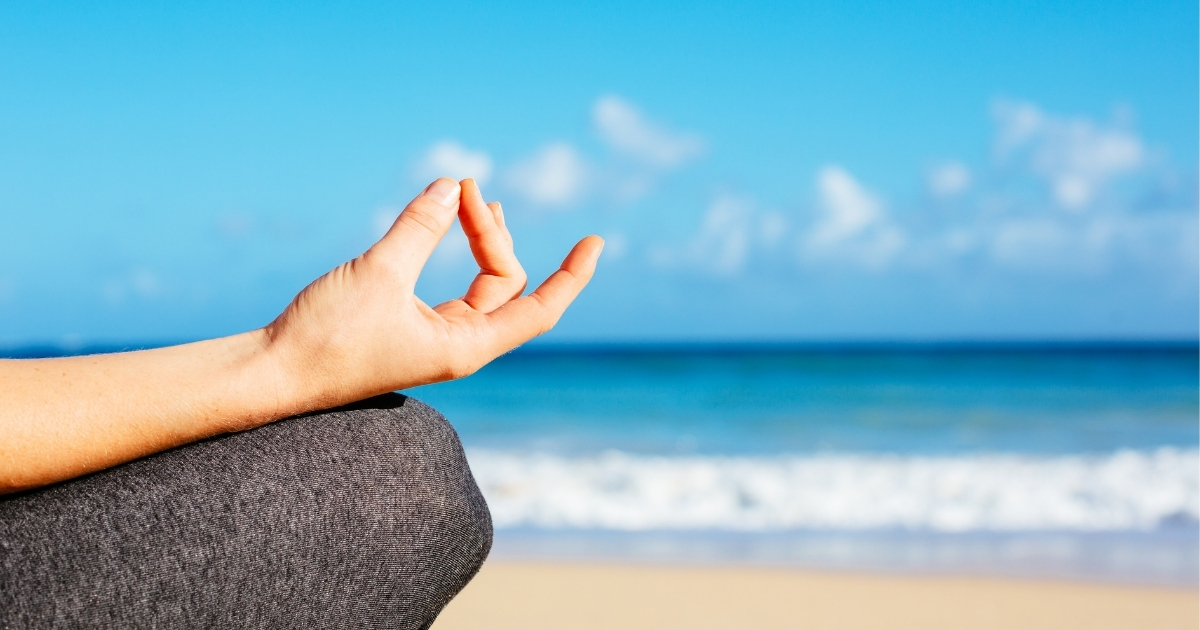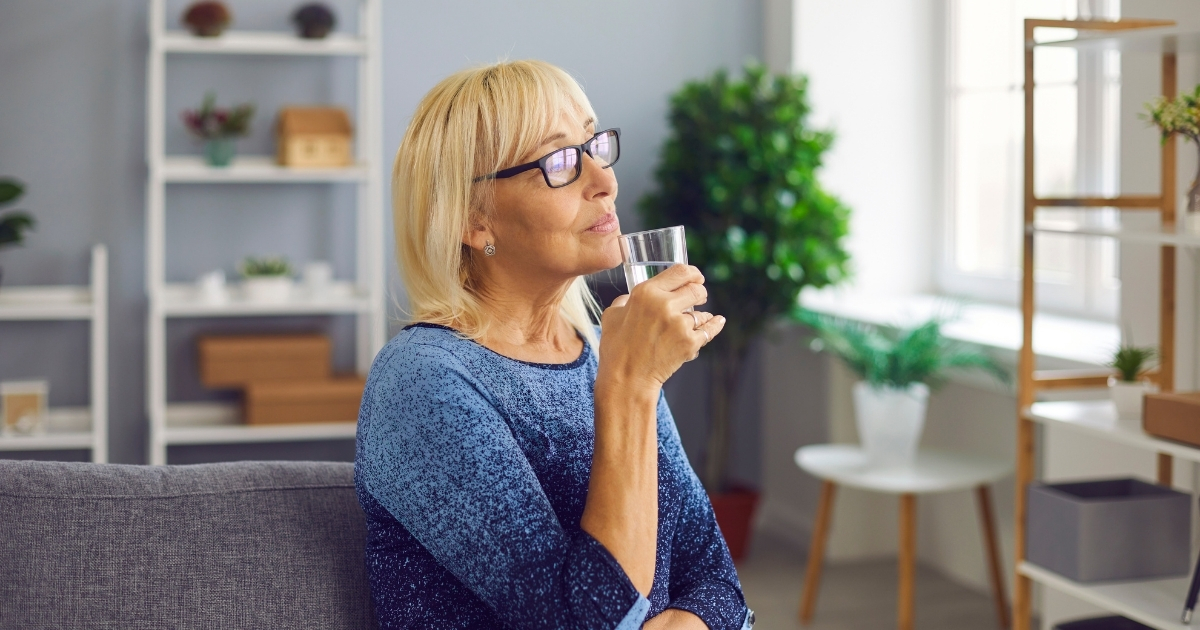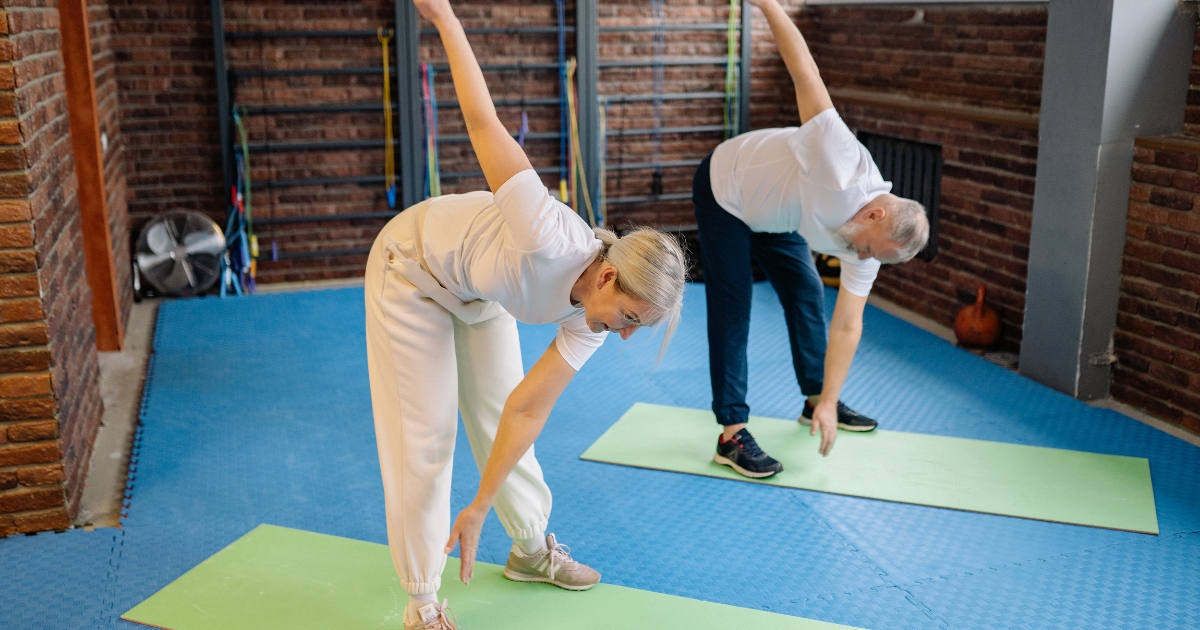
Staying Active: Low-Impact Exercises for Seniors
Stepping back into the dating world after 50 can feel exciting and nerve-wracking at the same time. You want to look good, feel confident, and have the energy to enjoy new experiences with potential partners. The good news? Staying active with low-impact exercises for seniors can help you achieve all of these goals without putting unnecessary strain on your body.
Regular physical activity doesn’t just keep your body strong—it boosts your mood, increases your energy levels, and gives you that natural glow that comes from feeling healthy and vibrant. Whether you’re planning romantic walks or dancing the night away, incorporating gentle movement into your routine will help you feel more confident and ready for whatever life (and love) throws your way.
Why Low-Impact Exercises Are Perfect for Mature Adults
As we age, our bodies need different types of care than they did in our younger years. High-impact activities like running or jumping can be tough on joints that have been with us for decades. That’s where low-impact exercises for seniors shine—they provide all the benefits of staying active without the harsh impact on your knees, hips, and back.
According to the Centers for Disease Control and Prevention, adults over 65 should aim for at least 150 minutes of moderate-intensity aerobic activity each week. Low-impact exercises make this goal achievable and enjoyable. These activities can:
- Improve cardiovascular health
- Strengthen muscles and bones
- Enhance balance and coordination
- Boost mental well-being
- Reduce the risk of chronic diseases
The best part? You’re never too old to start. Research shows that even people who begin exercising in their 70s and 80s can see significant health improvements within just a few months.
Walking: Your Gateway to Better Health
Walking might seem too simple to be effective, but don’t underestimate this powerful exercise. It’s one of the most accessible senior fitness tips you’ll ever receive. A brisk 30-minute walk can burn around 150 calories and strengthen your heart without requiring any special equipment or gym membership.
The social benefits of walking make it even more appealing for those entering the dating scene. Consider these options:
- Join a local walking group to meet like-minded people
- Explore scenic trails that make great conversation starters
- Suggest walking dates instead of sitting in coffee shops
- Walk with friends to stay motivated and accountable
Studies show that regular walking can reduce the risk of heart disease by up to 35% and improve mental health by reducing symptoms of depression and anxiety. When you feel good physically and mentally, that confidence naturally shows in your interactions with others.
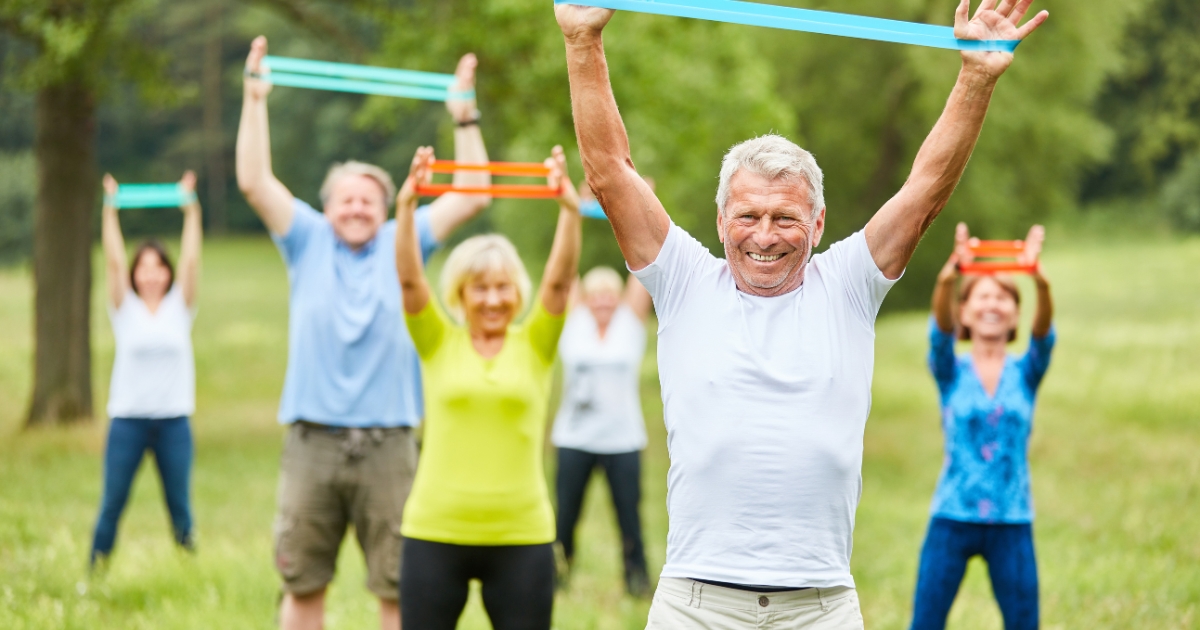
Gentle Yoga for Flexibility and Peace of Mind
Yoga has been practiced for thousands of years, and modern research continues to prove its benefits for older adults. Chair yoga and gentle Hatha yoga are perfect gentle workouts for older adults who want to improve flexibility, balance, and mental clarity.
A study published in the Journal of the American Geriatrics Society found that seniors who practiced yoga for 12 weeks showed significant improvements in balance and flexibility. Better balance means fewer falls and more confidence in your daily activities—including those exciting new social situations.
Yoga offers these specific benefits:
- Reduces stiffness and improves joint mobility
- Lowers stress levels and promotes relaxation
- Improves posture and core strength
- Enhances focus and mental clarity
Many yoga studios offer senior-specific classes where you can learn alongside peers and potentially make new friends. The mindfulness aspect of yoga can also help you feel more present and engaged during conversations with potential partners.
Water Aerobics: Fun Meets Fitness
If you’re looking for a fun way to exercise, water aerobics might be your perfect match. The buoyancy of water reduces impact on joints by up to 90%, making it one of the safest forms of exercise for seniors. Yet it still provides an excellent cardiovascular workout.
Water aerobics classes are typically social environments where participants encourage each other and often form friendships. This community aspect makes exercise feel less like work and more like play. The resistance provided by water helps build muscle strength without the need for heavy weights.
Benefits of water aerobics include:
- Full-body cardiovascular workout
- Improved muscle tone and strength
- Better circulation and reduced swelling
- Social interaction and community building
According to the Arthritis Foundation, water exercise can reduce joint pain by up to 40% while improving overall quality of life. When you’re feeling good physically, you’re more likely to say yes to social invitations and new experiences.
Strength Training: Building Confidence from Within
Many seniors worry that strength training means lifting heavy weights and risking injury. The truth is, gentle workouts for older adults can include strength training with light weights, resistance bands, or even body weight exercises.
The National Institute on Aging recommends strength training at least twice a week for older adults. After age 30, we lose about 3-8% of our muscle mass each decade, and this loss accelerates after 60. Regular strength training can slow or even reverse this process.
Simple strength exercises include:
- Wall push-ups for upper body strength
- Chair squats for leg muscles
- Resistance band exercises for all muscle groups
- Light dumbbells for arm and shoulder strength
Research shows that seniors who engage in regular strength training have better posture, more energy, and increased self-confidence. When you feel strong physically, you naturally carry yourself with more assurance—a quality that’s attractive at any age.
Tai Chi: Moving Meditation for Body and Mind
Often called “meditation in motion,” Tai Chi combines gentle flowing movements with deep breathing and mindfulness. This ancient Chinese practice has become increasingly popular among seniors because of its numerous health benefits and low risk of injury.
A comprehensive review published in the British Journal of Sports Medicine found that Tai Chi can reduce falls by up to 43% in older adults. The slow, controlled movements improve balance, flexibility, and strength while reducing stress and anxiety.
Tai Chi offers unique benefits:
- Improves balance and prevents falls
- Reduces chronic pain, especially in joints
- Lowers blood pressure and improves heart health
- Enhances mental focus and emotional well-being
Many community centers and parks offer Tai Chi classes specifically for seniors. These groups often become tight-knit communities where lasting friendships are formed. The peaceful nature of Tai Chi can also help you develop the calm confidence that makes you more approachable and attractive to others.
Making Exercise a Sustainable Habit
Starting a new exercise routine can feel overwhelming, but remember that consistency matters more than intensity. Begin with just 10-15 minutes of activity three times a week and gradually increase as you feel more comfortable.
Here are practical senior fitness tips to help you stay motivated:
- Choose activities you genuinely enjoy
- Start slowly and listen to your body
- Find an exercise buddy for accountability
- Track your progress to see improvements
- Celebrate small victories along the way
The key is finding activities that fit your lifestyle and preferences. Some people love the social aspect of group classes, while others prefer the solitude of solo walks. Both approaches are valid and beneficial.
Your Active Future Awaits
Staying active after 50 isn’t just about physical health—it’s about embracing life with energy, confidence, and enthusiasm. When you feel strong and vital, you’re more likely to pursue new relationships and experiences. The gentle exercises we’ve discussed can help you build that foundation of wellness that supports not just your body, but your entire lifestyle.
Remember, it’s never too late to start moving. Whether you choose walking, yoga, water aerobics, strength training, or Tai Chi, the most important step is the first one. Your future self—and your future relationships—will thank you for making your health a priority today.
Start with one activity that appeals to you, and gradually add others as you build confidence and strength. Your journey to better health and renewed vitality begins with a single step.


